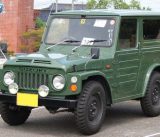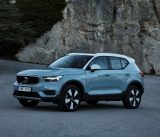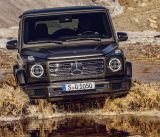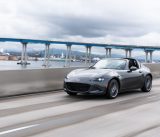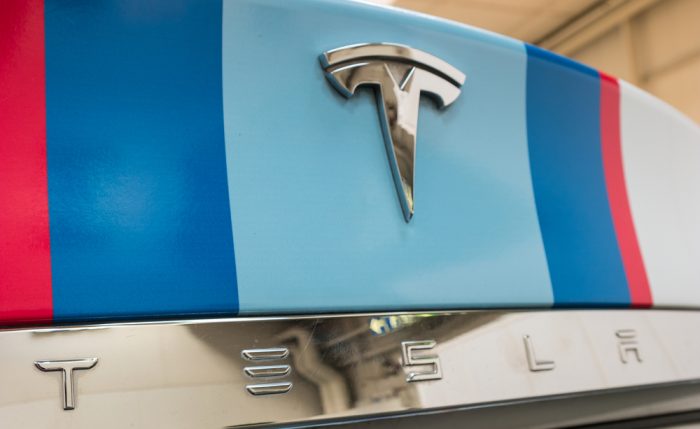
Source: Shutterstock
Cars compete to be able to call themselves an “IIHS Top Safety Pick” in their advertising. To be able to do so, vehicles are going to have to prove their ability to keep a family safe while they are going through a bevy of crash tests.
Recently the IIHS was testing a group of 6 large cars that included the Tesla Model S. The other vehicles were the Toyota Avalon, Ford Taurus, Mercedes E-Class, Lincoln Continental and Chevrolet Impala. Prices for these vehicles may vary, but they are all relatively the same size, so it’s a logical grouping for the IIHS.

Source: Shutterstock
Only three of the vehicles performed well enough to earn the rank of top safety pick. That ended up being the Continental, the E Class and the Avalon. So what went wrong for the other three? To qualify as a top safety pick, each car must score “good” during each crash tests and score “good” or “acceptable” during the headlight tests.
While the Tesla scored “good” in tests like the side impact crash and roof strength test, it scored only an “acceptable” in the small overlap front crash and scored a poor in the headlight test. So what went wrong?
The small overlap crash is one of the most serious types. For this test, a quarter of the front of the vehicle on the drivers side hits a barrier at 40 mph. The idea is that the glancing blow can be more damaging than a full impact blow since it has less surface in which to spread out the force. The Model S issue was that the seat belt allowed the person to strike the steering wheel with their head through the air bag. When informed of this, Tesla altered their seat belts. IIHS tested again with the same results.
In regards to the poor on the headlight test, it’s not that surprising that an electric vehicle may not want to spend that much power on the headlights to keep them glowing. As mentioned, the car did perform well otherwise.
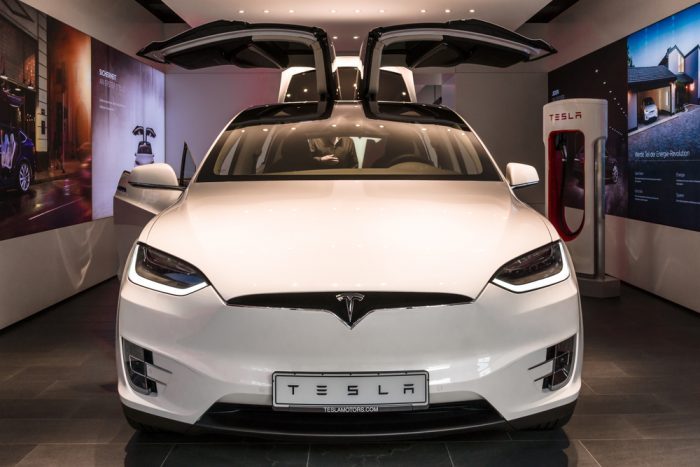
Source: Shutterstock
This brings us to our question. Is Tesla in trouble? Elon Musk is one of the boldest innovators of our time. He plans big and he promises big. There have been a lot of issues with meeting production of his vehicles and deliveries have plateaued through the first two quarters of 2017. There has been a lot of issues with production and demand has declined. The Model S and Model X are expensive luxury automobiles. There’s only so many people with access to the kind of money required to purchase a Tesla. Unlimited growth in that sector isn’t possible.
The future of Tesla is the Model 3. This smaller cheaper vehicle could reach far more people and take the market by storm. The goal was to deliver the first Tesla 3’s by July 28, 2017. Tesla has 30 they are planning to deliver. However Tesla has promised 20,000 model 3’s per month will be produced. Some early manually built Model 3s being delivered on time do not suggest that.
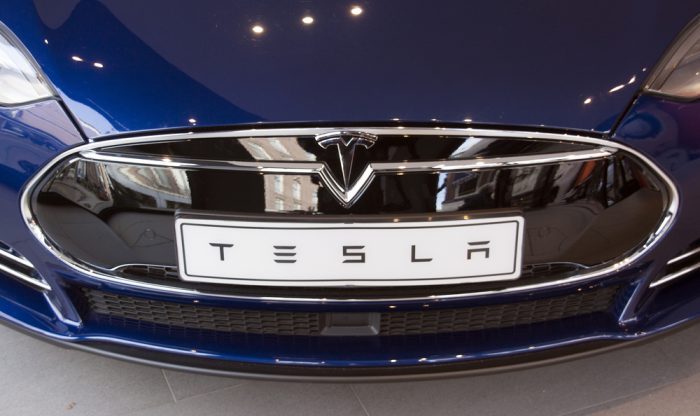
Source: Shutterstock
Tesla’s stock price has been dropping and financial advisors are currently split on whether or not getting involved with the stock is a good choice. Projections have been dropped thanks to the first half. Tesla has stated that deliveries will pick up in the second half assuming similar economic conditions.
It’s too soon to state that Tesla is in trouble, but they are certainly facing challenges. Ambitious targets can sometimes bring the best out of companies, but sometimes it can give them the appearance of repeatedly missing their goals. The production issues need to ironed out. Tesla has the kind of name recognition that will allow them to recover as long as they correct issues with their vehicles and don’t allow production delays to be as chronic as they have been so far.

